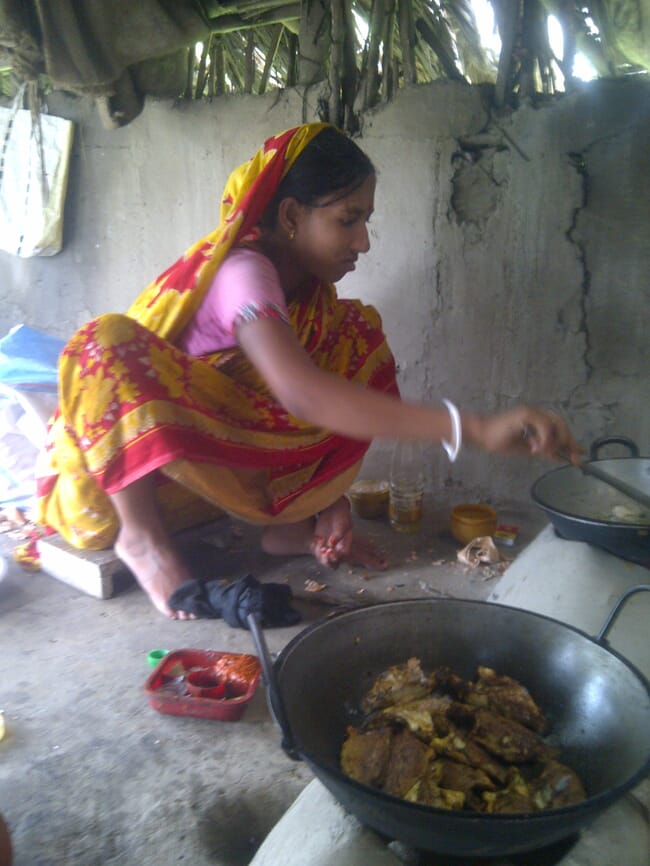
A team headed up by Professor Dave Little carried out research in coastal communities that produce considerable quantities of farmed seafood.
They found marked variation in micronutrient deficiencies in vulnerable adolescent girls because the seafood itself varies in nutritional value, as does different peoples’ access to it.
The target group was chosen because poorly nourished adolescent girls risk intergenerational poor health. The team discovered a prevalence of Vitamin D deficiency, despite the relatively high annual level of sunshine hours in Bangladesh. The findings could now be used by development agencies to introduce targeted interventions to improve nutrition in vulnerable groups, such as adolescent girls.
Professor Little said: “Micronutrient deficiency, or hidden hunger, is a massive public health issue leading to high costs to society through people being less healthy and productive than they could be.
“The prevalence of a deficiency of Vitamin D, the sunshine vitamin, occurring in a tropical country may be a surprise to some but suggests how seasonality, human behaviour and access to vitamin-rich seafood can impact of sufficiency of this micronutrient vital for a healthy immune system.
“This study should support practical initiatives to improve the situation in Bangladesh but also has relevance to other poor coastal zone areas around the world, where communities depend on producing nutrient-rich seafood.”
A growing body of evidence
The new study comes after Professor Little developed a new tool earlier this year which identifies girls in developing countries who are at risk of nutritional deficiency.
Two cross-sectional surveys in both wet and dry season were carried out in Greater Khulna, Southwest Bangladesh, working with local partners.
The team also worked with human nutritionists from the Rowett Institute, the University of Aberdeen and the Royal Copenhagen University, as well as a health economist based at the University of Glasgow.
This work was funded through the Innovative Methods and Metrics for Agriculture and Nutrition Action (IMMANA) programme, led by the London School of Hygiene & Tropical Medicine (LSHTM). IMMANA is co-funded with UK Aid from the UK government and by the Bill & Melinda Gates Foundation.
The new research Factors affecting the micronutrient status of adolescent girls living in complex agro‑aquatic ecological zones of Bangladesh was published in Scientific Reports. The lead author of the paper was Gulshan Ara, a researcher at icddr,b in Dhaka, Bangladesh.




